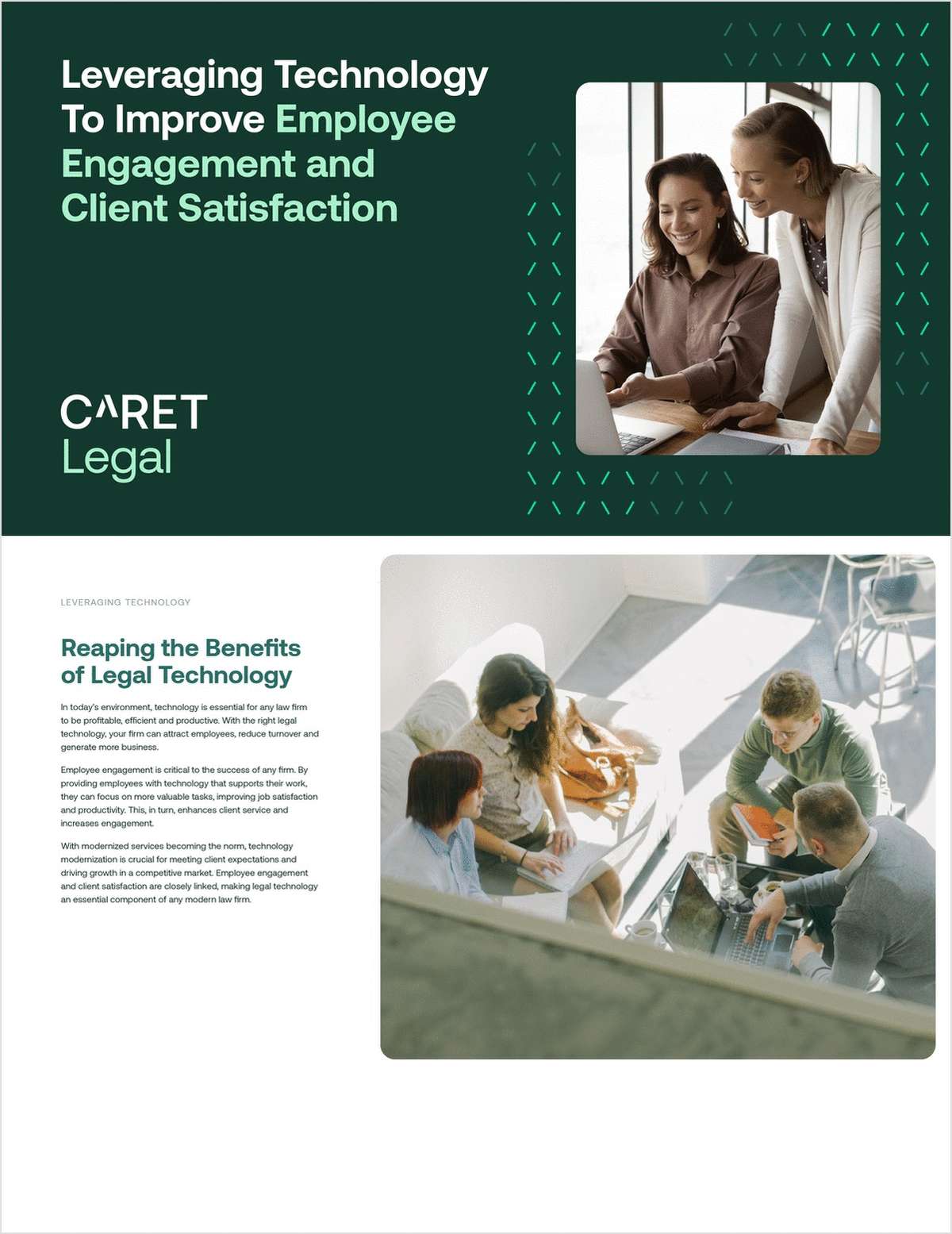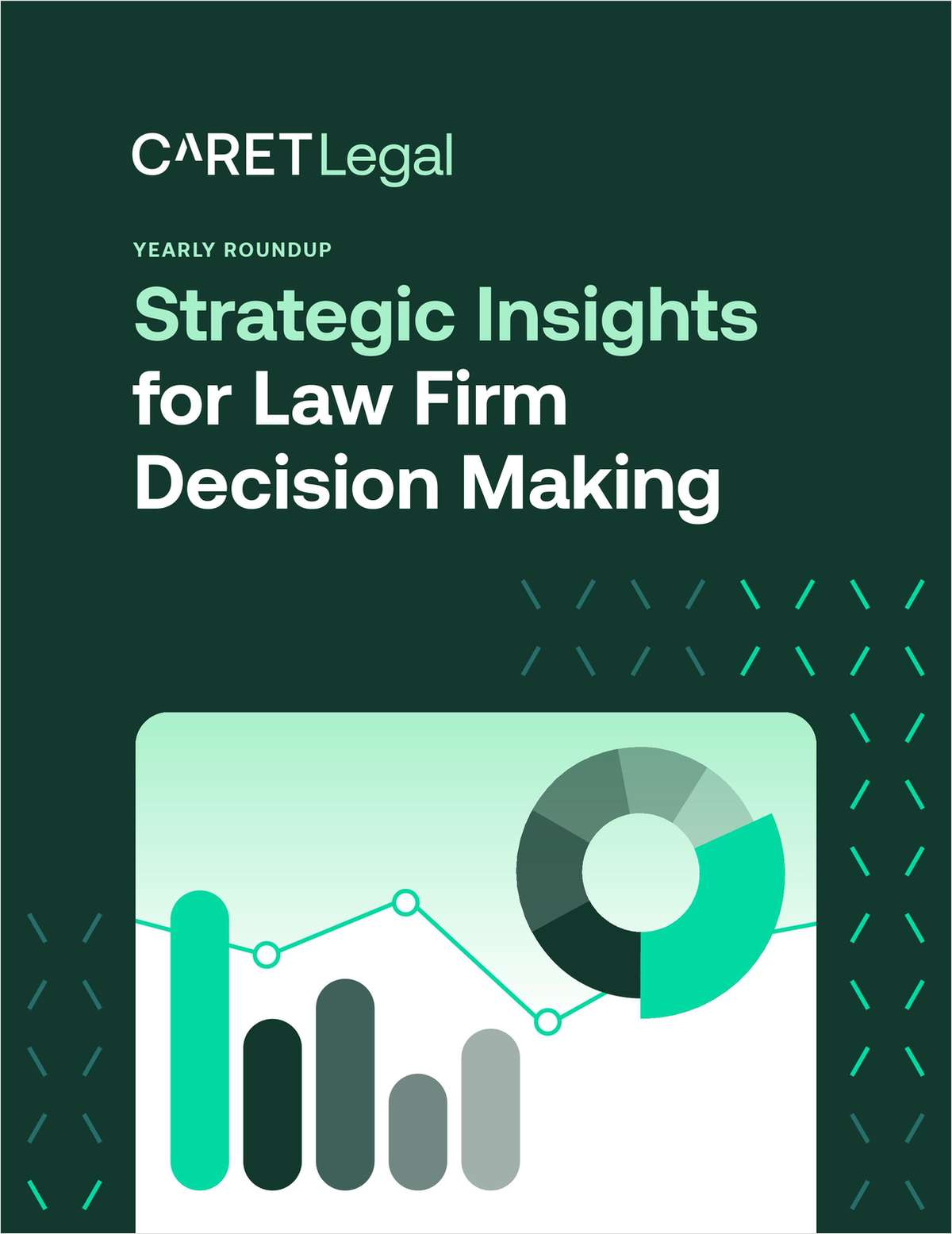Female Justices Were Cut Off More Than Colleagues During Phone Arguments, Study Says
"This snapshot can only tell us so much," law professor Leah Litman, author of the new report, writes. "There were a mere ten arguments over a two week period, and this format was new to everyone."
May 20, 2020 at 03:25 PM
5 minute read
 Supreme Court Justice Sonia Sotomayor. (Photo: Diego M. Radzinschi/ ALM)
Supreme Court Justice Sonia Sotomayor. (Photo: Diego M. Radzinschi/ ALM)
During this month's historic telephonic arguments in the U.S. Supreme Court, Chief Justice John Roberts Jr. interrupted or cut off questioning by his colleagues 11 times, nine of which were of women and all of which were of the court's liberal justices, according to a new study.
Roberts interrupted Justice Sonia Sotomayor the most, even though she had only one of the longest 14 questioning periods, the 10th longest, said the study's author, Leah Litman of the University of Michigan Law School.
Sotomayor tied with Justice Neil Gorsuch in speaking the most per questioning period, but the chief justice never interrupted Gorsuch, even though he had, with Sotomayor, the longest average questioning period.
Roberts, as timekeeper, kept a tight script, limiting lawyers and the justices to a set amount of time. Roberts regularly cut off lawyers, and at times he would tell them "briefly counsel" or to take a minute to "wrap up."
"I doubt CJ Roberts purposely exercises ideological favoritism here. I hope making him aware of the pattern will help him better execute the tough job of running a meeting while participating in it," Richard Primus of the University of Michigan Law School said on Twitter.
Justice Ruth Bader Ginsburg was interrupted many times, even though she had the third shortest average questioning period and the second shortest total time speaking over the two-week session. Like Gorsuch, Justice Brett Kavanaugh was never interrupted, even though he had the longest total talking times in two of the cases where Roberts interrupted other justices—Trump v. Mazars and Trump v. Vance. Those two questioning periods were also two of the three longest questioning periods in any case.
Litman's findings partly reflect a broader 2017 study of oral arguments by Tonja Jacobi of Northwestern University School of Law and Goodwin Procter's Dylan Schweers. In the 2017 analysis, the authors reported that female justices were more likely to be interrupted than male justices and less likely to be allowed to speak when interrupted and that conservative justices also were more likely to interrupt than liberal justices.
Litman acknowledged in the study that the May argument data provide "some very limited insight" into the court's dynamics.
"This snapshot can only tell us so much," she wrote. "There were a mere 10 arguments over a two-week period, and this format was new to everyone. But it is still interesting to see how the court and the various justices adapted to this new format." She added, "The chief justice appeared to try to moderate arguments evenhandedly, and he accomplished that in many respects."
Here are some other findings of the study:
>> The longest questioning periods were during the cases involving the Affordable Care Act's contraception coverage requirement, subpoenas for President Donald Trump's financial records, and the ministerial exemption from anti-discrimination statutes.
>> Roberts spoke less than any other justice. Justice Samuel Alito Jr. spoke the most, followed by Kavanaugh and then Sotomayor.
>> Alito had the single longest questioning period—by more than a minute—in the contraception case, Little Sisters of the Poor v. Pennsylvania. Kavanaugh had the second longest during Trump v. Mazars, the challenge to House committee subpoenas for Trump's financial documents.
>> Ideological balance in questioning time appeared to break down during the Trump cases, Mazars and Trump v. Vance. In the Mazars subpoena case in particular, Alito and Kavanaugh spoke for more time than their colleagues. In the Vance grand jury subpoena case, three of the four justices speaking the longest were conservative justices. "The disparities between the length of time they spoke and the length of time their liberal colleagues spoke is striking," Litman wrote.
For another examination of the first-ever May arguments, empirical scholar Adam Feldman looks at four arguments on his empirical SCOTUS blog. He reported that the argument structure in which Roberts timed questions and responses and called on justices by seniority "allows attorneys more room to participate as they are only asked questions by one justice at a time. The justices appear more engaged by these numbers as well as they both speak more in total and per turn talking."
Read more:
That's a Wrap: What Leading Appellate Lawyers Say About Historic SCOTUS Arguments
'Briefly, Counsel': How Chief Justice Roberts Keeps Phone Arguments Moving
A Few Pauses, and 'Sorry, Chief,' But Supreme Court Pulls Off Historic First
Mobile or Landline? SCOTUS Advocates Prep for First-Ever Phone Arguments
This content has been archived. It is available through our partners, LexisNexis® and Bloomberg Law.
To view this content, please continue to their sites.
Not a Lexis Subscriber?
Subscribe Now
Not a Bloomberg Law Subscriber?
Subscribe Now
NOT FOR REPRINT
© 2025 ALM Global, LLC, All Rights Reserved. Request academic re-use from www.copyright.com. All other uses, submit a request to [email protected]. For more information visit Asset & Logo Licensing.
You Might Like
View All
Apple Files Appeal to DC Circuit Aiming to Intervene in Google Search Monopoly Case
3 minute read
DC Circuit Revives Firefighters' Religious Freedom Litigation in Facial Hair Policy Row
3 minute read
Judges Split Over Whether Indigent Prisoners Bringing Suit Must Each Pay Filing Fee

4th Circuit Upholds Virginia Law Restricting Online Court Records Access
3 minute readTrending Stories
- 1Uber Files RICO Suit Against Plaintiff-Side Firms Alleging Fraudulent Injury Claims
- 2The Law Firm Disrupted: Scrutinizing the Elephant More Than the Mouse
- 3Inherent Diminished Value Damages Unavailable to 3rd-Party Claimants, Court Says
- 4Pa. Defense Firm Sued by Client Over Ex-Eagles Player's $43.5M Med Mal Win
- 5Losses Mount at Morris Manning, but Departing Ex-Chair Stays Bullish About His Old Firm's Future
Who Got The Work
J. Brugh Lower of Gibbons has entered an appearance for industrial equipment supplier Devco Corporation in a pending trademark infringement lawsuit. The suit, accusing the defendant of selling knock-off Graco products, was filed Dec. 18 in New Jersey District Court by Rivkin Radler on behalf of Graco Inc. and Graco Minnesota. The case, assigned to U.S. District Judge Zahid N. Quraishi, is 3:24-cv-11294, Graco Inc. et al v. Devco Corporation.
Who Got The Work
Rebecca Maller-Stein and Kent A. Yalowitz of Arnold & Porter Kaye Scholer have entered their appearances for Hanaco Venture Capital and its executives, Lior Prosor and David Frankel, in a pending securities lawsuit. The action, filed on Dec. 24 in New York Southern District Court by Zell, Aron & Co. on behalf of Goldeneye Advisors, accuses the defendants of negligently and fraudulently managing the plaintiff's $1 million investment. The case, assigned to U.S. District Judge Vernon S. Broderick, is 1:24-cv-09918, Goldeneye Advisors, LLC v. Hanaco Venture Capital, Ltd. et al.
Who Got The Work
Attorneys from A&O Shearman has stepped in as defense counsel for Toronto-Dominion Bank and other defendants in a pending securities class action. The suit, filed Dec. 11 in New York Southern District Court by Bleichmar Fonti & Auld, accuses the defendants of concealing the bank's 'pervasive' deficiencies in regards to its compliance with the Bank Secrecy Act and the quality of its anti-money laundering controls. The case, assigned to U.S. District Judge Arun Subramanian, is 1:24-cv-09445, Gonzalez v. The Toronto-Dominion Bank et al.
Who Got The Work
Crown Castle International, a Pennsylvania company providing shared communications infrastructure, has turned to Luke D. Wolf of Gordon Rees Scully Mansukhani to fend off a pending breach-of-contract lawsuit. The court action, filed Nov. 25 in Michigan Eastern District Court by Hooper Hathaway PC on behalf of The Town Residences LLC, accuses Crown Castle of failing to transfer approximately $30,000 in utility payments from T-Mobile in breach of a roof-top lease and assignment agreement. The case, assigned to U.S. District Judge Susan K. Declercq, is 2:24-cv-13131, The Town Residences LLC v. T-Mobile US, Inc. et al.
Who Got The Work
Wilfred P. Coronato and Daniel M. Schwartz of McCarter & English have stepped in as defense counsel to Electrolux Home Products Inc. in a pending product liability lawsuit. The court action, filed Nov. 26 in New York Eastern District Court by Poulos Lopiccolo PC and Nagel Rice LLP on behalf of David Stern, alleges that the defendant's refrigerators’ drawers and shelving repeatedly break and fall apart within months after purchase. The case, assigned to U.S. District Judge Joan M. Azrack, is 2:24-cv-08204, Stern v. Electrolux Home Products, Inc.
Featured Firms
Law Offices of Gary Martin Hays & Associates, P.C.
(470) 294-1674
Law Offices of Mark E. Salomone
(857) 444-6468
Smith & Hassler
(713) 739-1250








